The Rolex Daytona: A Timeless Icon from Vintage to Modern
The Rolex Daytona is one of the most sought-after chronographs in horology. Since its debut in 1963, the model has evolved from a tool watch for racing drivers into a legendary collector’s piece. From vintage classics to neo-vintage treasures and modern innovations, the Daytona remains an essential pillar of Rolex’s lineup. This article explores its evolution while highlighting the rarest references and dial configurations that make this timepiece so desirable.
Vintage Rolex Daytona (1963-1988): The Birth of a Legend
The first Rolex Daytona, reference 6239, was introduced in 1963 with a manual-wind Valjoux 72 movement. Known for its contrasting dial colors, it quickly became a favorite among racers. Other notable vintage references include the 6241, 6262, 6264, 6265, and 6263, each with subtle design tweaks and movement upgrades.

The Paul Newman Daytona: The Holy Grail
One of the most coveted Daytona models is the Paul Newman Daytona (ref. 6239, 6241, 6262, 6264, 6265, 6263), characterized by its exotic dial with Art Deco-style numerals and square-ended subdial markers. These watches, once slow to sell, have now become million-dollar auction stars, with Paul Newman’s personal Daytona 6239 selling for a record-breaking $17.8 million.
Neo-Vintage Rolex Daytona (1988-2000): The Automatic Era
In 1988, Rolex introduced the first automatic Daytona, the reference 16520, powered by the Zenith El Primero-based Caliber 4030. This model introduced a modernized 40mm case, sapphire crystal, and a glossy lacquer dial with applied hour markers.
Rare Neo-Vintage Variants
Collectors highly seek after certain neo-vintage Daytona variants, such as:
- "Floating Cosmograph" Daytona 16520 – Early versions had the word “Cosmograph” floating below “Daytona” on a so-called porcelain dial.

- Patrizzi Dial – Over time, some 16520 models developed a brown patina on their subdials, caused by oxidation of the silver paint.

- "Inverted 6" Dials – A printing anomaly where the 6 on the lower subdial appears inverted.

Modern Rolex Daytona (2000-Present): The Cerachrom Revolution
In 2000, Rolex unveiled the Daytona 116520, featuring the in-house Caliber 4130, a fully integrated chronograph movement. Then, in 2016, the brand released the groundbreaking 116500LN, introducing a Cerachrom ceramic bezel, which drastically improved scratch resistance and aesthetics.
Rare and Exclusive Modern Variants
- Platinum Daytona 116506 (2013) – Released for the model’s 50th anniversary, featuring an ice-blue dial and a platinum case.
- Daytona "Le Mans" 126529LN (2023) – A tribute to the legendary race, featuring a black-and-white reverse panda dial with red Daytona text.
- Rainbow Daytona 116598RBOW & 116599RBOW – Set with multicolored sapphires, one of the most extravagant Rolex models ever created.

Conclusion: The Legacy Continues
The Rolex Daytona remains one of the most iconic chronographs of all time, from the manually wound vintage pieces to the automatic neo-vintage models and cutting-edge modern references. With its rich history, rare variations, and continuous innovation, the Daytona will always be a centerpiece for collectors and enthusiasts alike. Whether you’re hunting for a Paul Newman, a Zenith-powered model, or the latest ceramic-bezel masterpiece, the Daytona’s allure is undeniable.
Where to Find Rare Rolex Daytonas
For collectors seeking rare and authentic Rolex Daytona models, ETP Watches (www.etpwatches.dk) is a trusted source with years of expertise in sourcing the most desirable timepieces. Our commitment to authenticity, market knowledge, and global connections ensures that our clients receive the finest examples of vintage, neo-vintage, and modern Daytonas. Whether you’re looking for an investment piece or a grail watch, ETP Watches provides a seamless and reliable acquisition process.


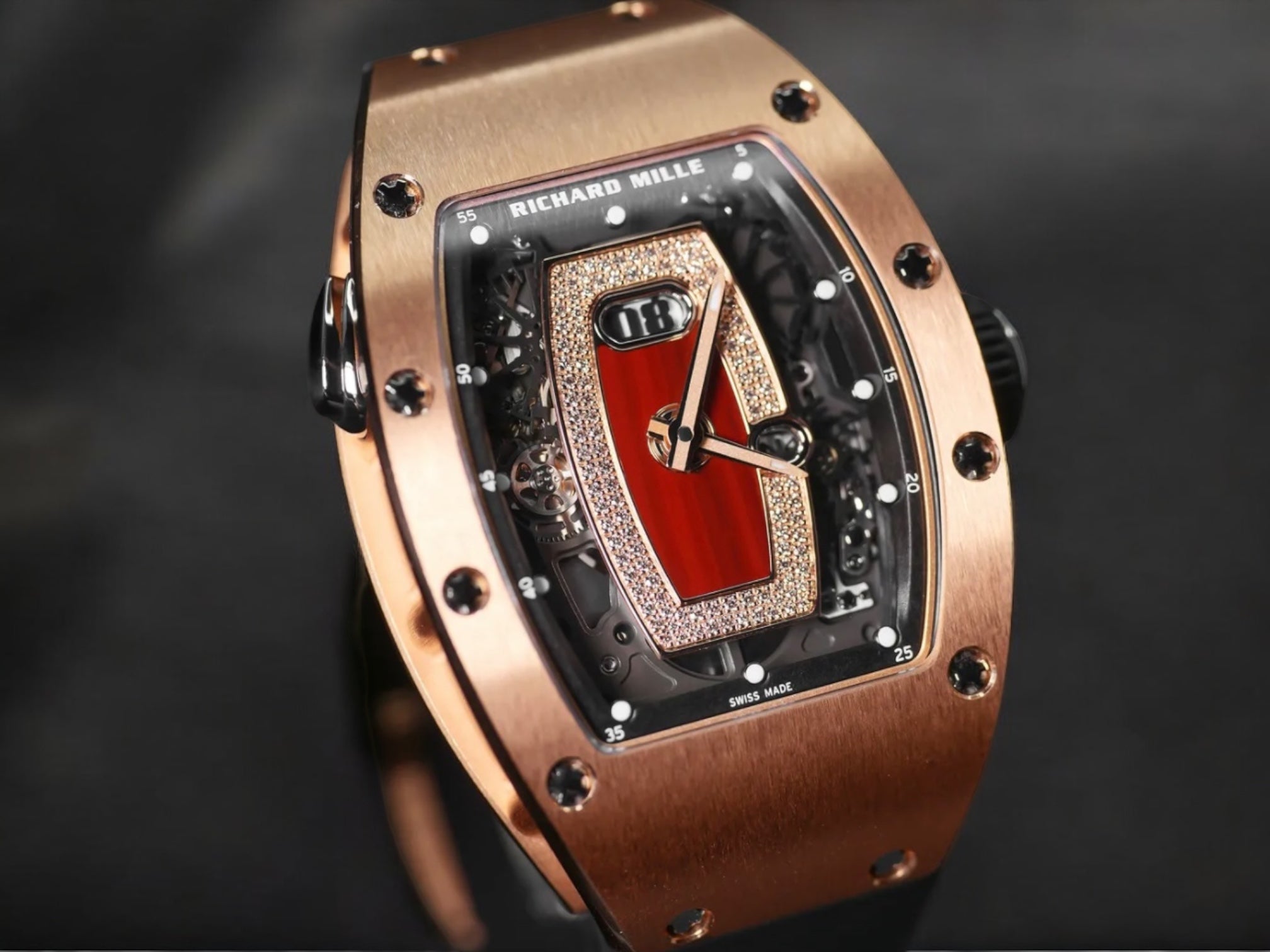

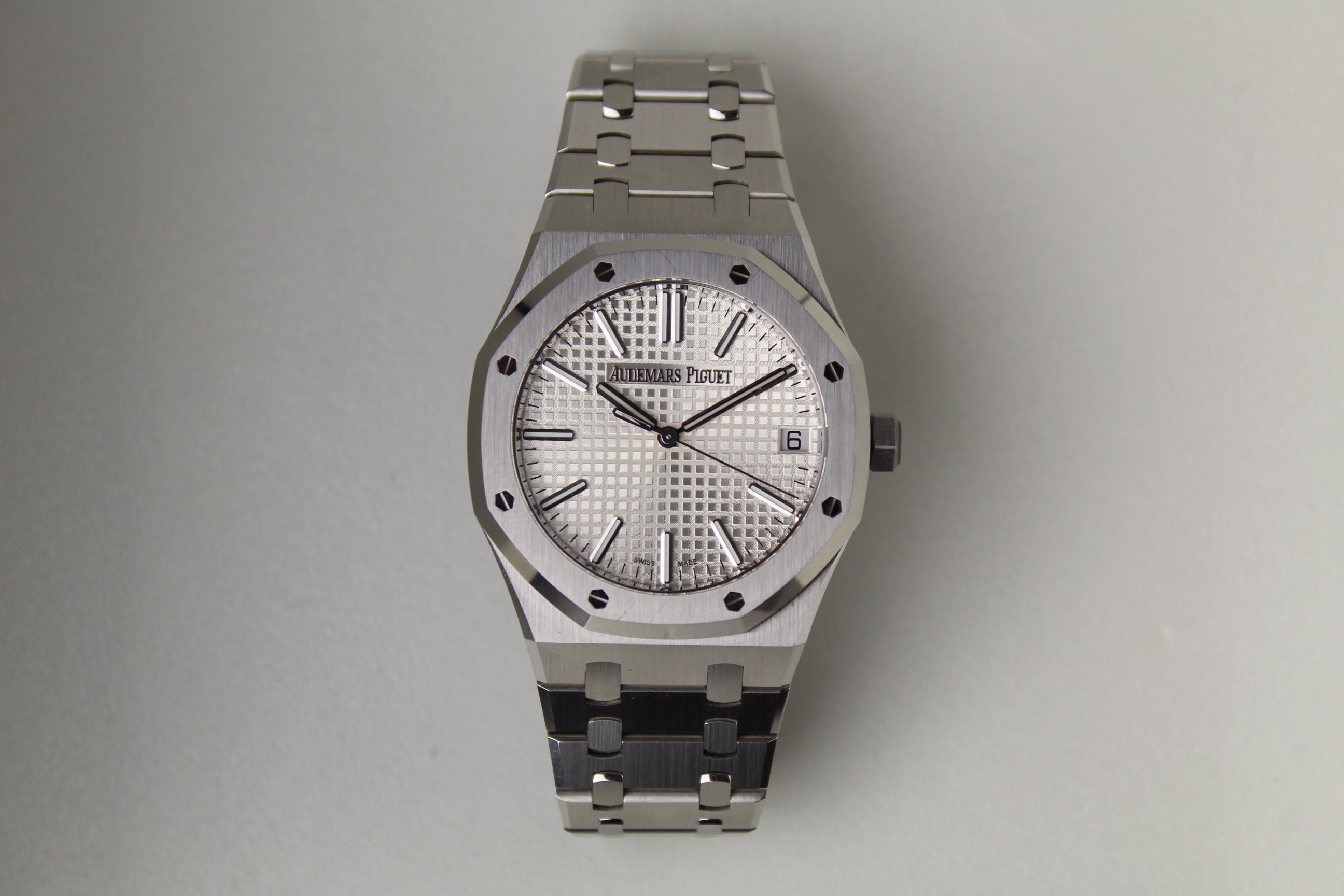
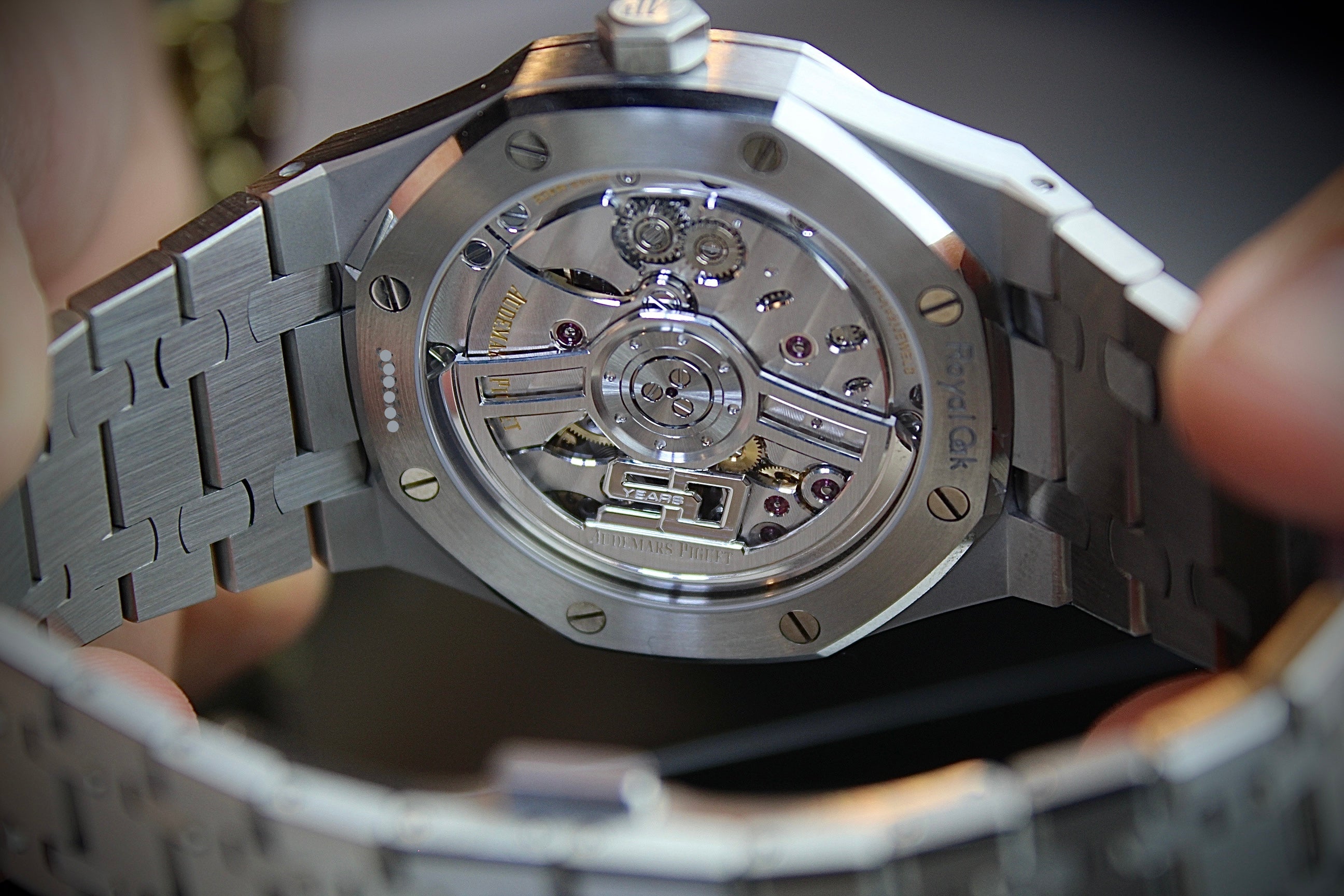

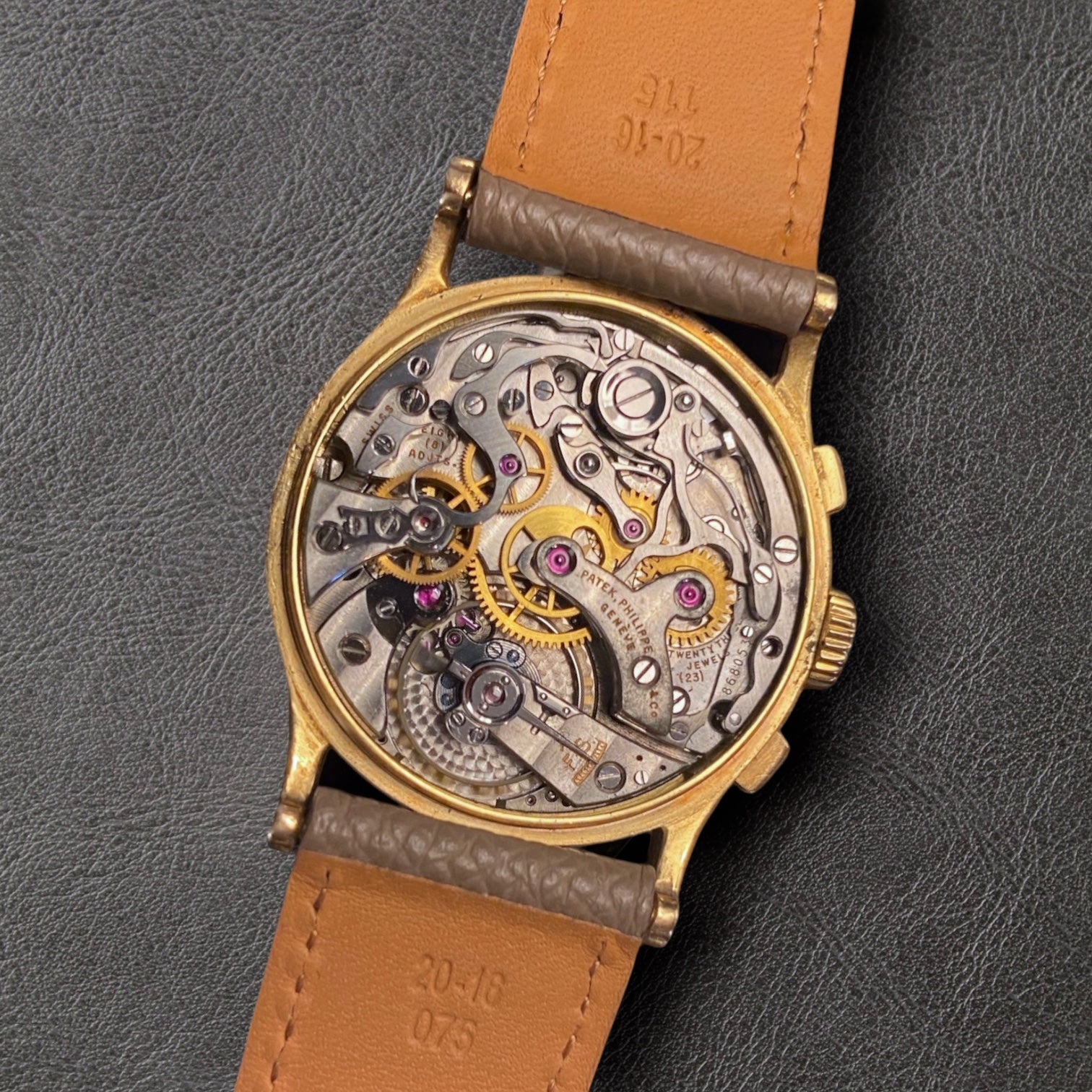

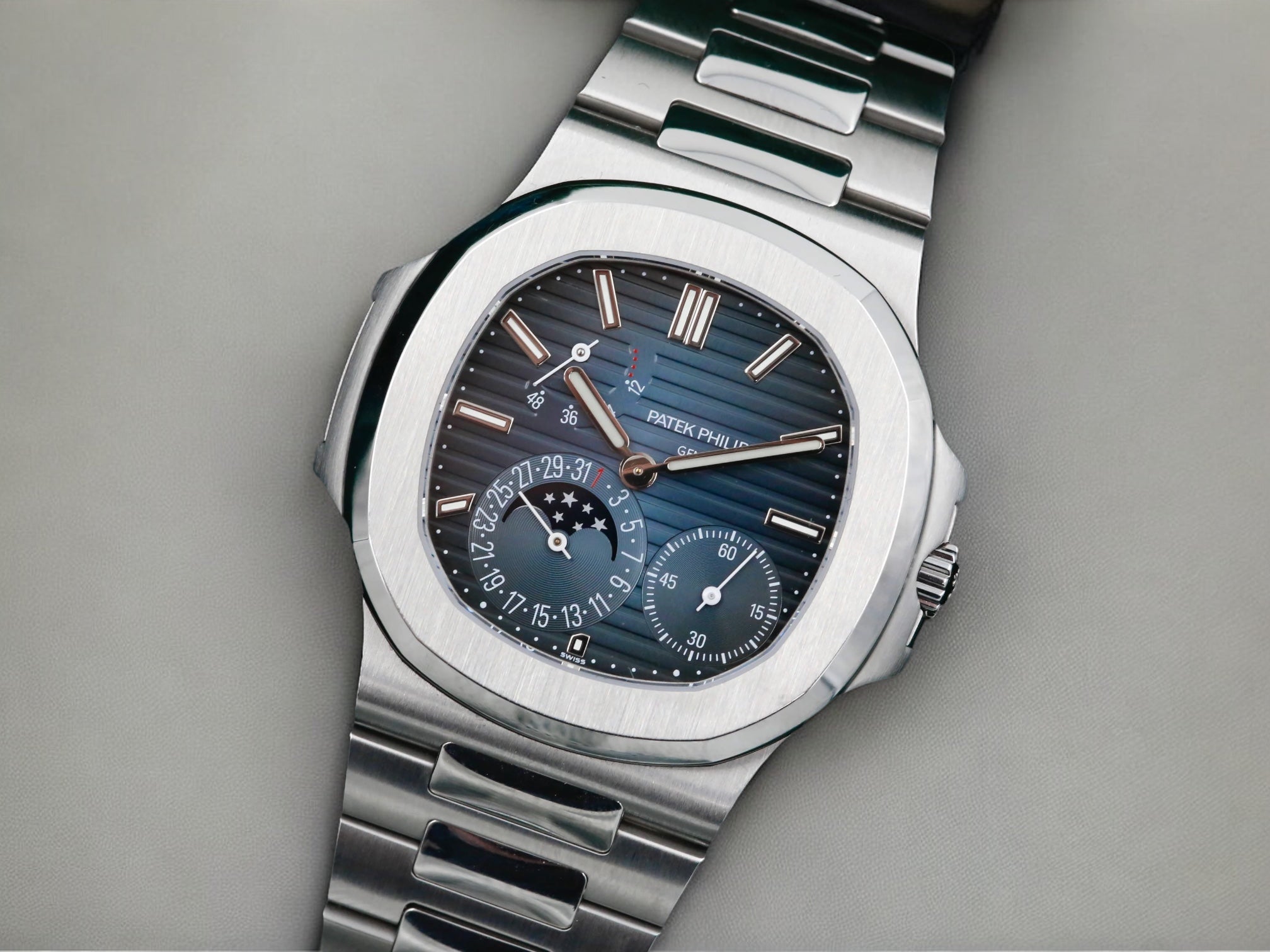






Leave a comment
This site is protected by hCaptcha and the hCaptcha Privacy Policy and Terms of Service apply.